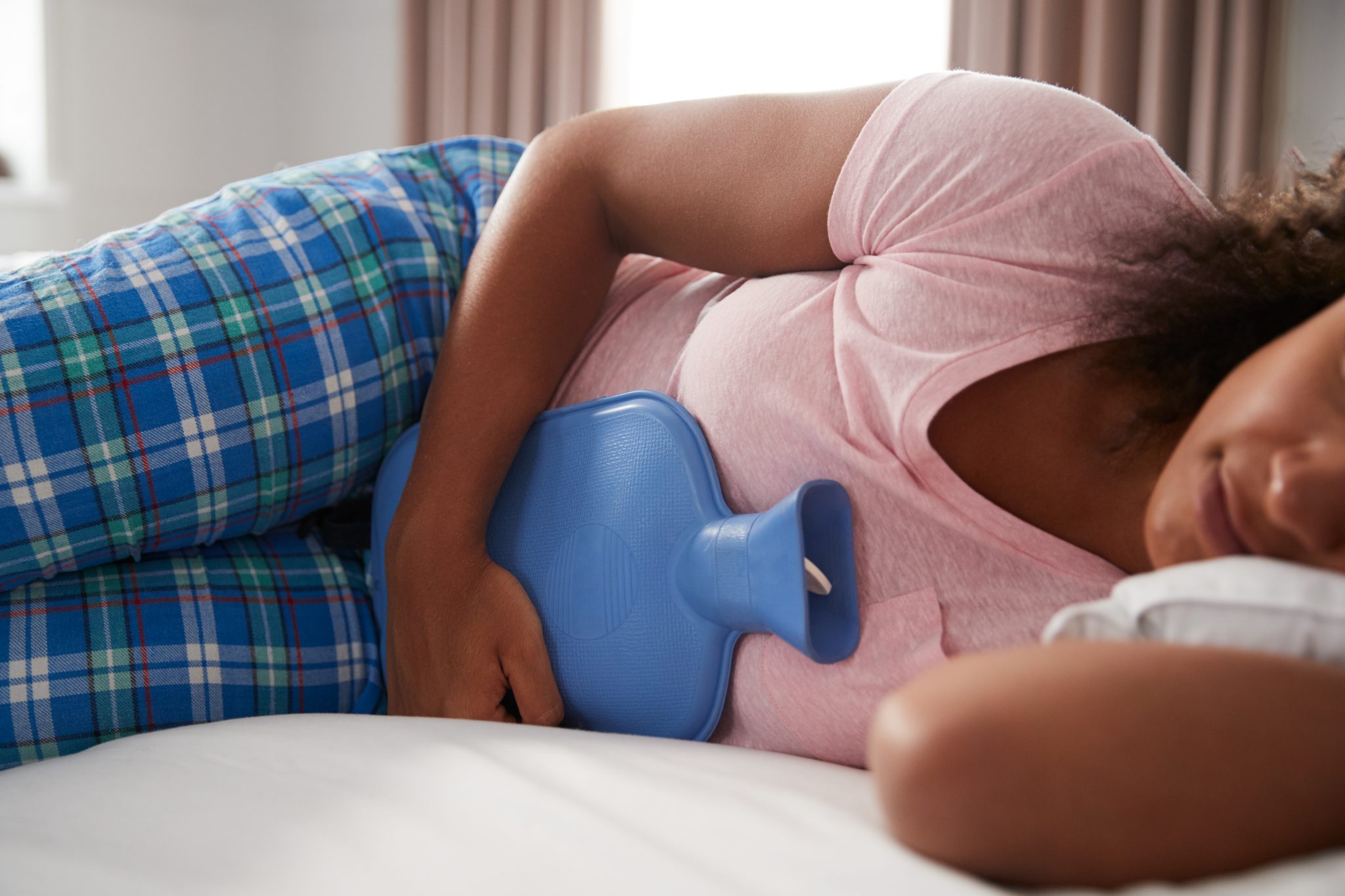How To Care For Vein Disease
As your heart continues to beat, it pushes blood through a cluster of blood vessels, and this is known as the circulatory system. The vessels are very flexible and are hollow tubes that carry blood to every part of your body. These tubes are the veins and arteries. The veins return the oxygen-deficient blood back to your heart, whereas arteries carry the oxygen-filled blood away from the heart.
Veins are hollow tubes and are flexible and also contain flaps inside them which are known as valves. Whenever your body muscles contract, the valves tend to open up, and this allows more blood to flow through the veins. On the other hand, when your muscles relax, the valves close, and this prevents the blood from flowing backward.
Veins tend to become larger as they get close to your heart; also, the largest vein in the body is the superior vena cava, which carries blood from the arms and the head back to the heart. The inferior vena cava brings the blood back to the heart from the legs and abdomen.
If the valves present inside your veins get damaged because of venous disease, they do not get closed completely, which can cause the blood to flow forward and backward both. So let’s find out more about these venous diseases and how to look after them.
What Are The Different Types Of Venous Diseases?
There are many different types of venous diseases. These include:
1. Chronic Venous Insufficiency
Chronic Venous Insufficiency takes place when your leg veins refuse to let your blood flow back towards your heart. As mentioned above, the veins in your body carry blood back to your heart. But when the valves do not work properly, blood can flow backward, which causes the blood to accumulate in your legs.
If this condition does not get treated, you can get swelling, cramps, and pain. Also, you may have to deal with the changing of the skin, varicose veins, and leg ulcer. In order to take care of this venous disease, you will have to get an imaging test known as the Duplex ultrasound. This will check the blood flow and the structure of your veins. Then you will be treated accordingly.
2. Blood Clots
During a cut or a wound, your body can form a clot of blood, which is a thickened mass of blood tissue that helps in stopping your bleeding. Once the bleeding has stopped and has healed, the body breaks down and helps in removing the cloths. However, sometimes, these blood clots do not get dissolved easily and thus are not removed, which allows them to travel through your body easily.
They then limit or block the flow of blood, which leads to excessive blood clotting. This can be very dangerous and can travel to your veins and arteries inside the kidney, heart, brain, limbs, and lungs. Furthermore, it can lead to stroke, damage to the body’s organs, a heart attack, and even death.
With so many medications present today and proper care, blood clotting can be managed successfully.
3. Deep Vein Thrombosis
Deep vein thrombosis occurs in an individual when a blood clot is produced in one or more deep veins present inside your body, but more usually, your legs. Deep vein thrombosis can lead to swelling and even excessive leg pain. Sometimes, it can occur without showing any symptoms at all.
This disease has a higher chance of being produced in your body if you have a specific medical condition that affects the clotting of your blood. This can also happen if you sit in one place for a long period of time, such as after an accident or surgery. Deep vein thrombosis can be quite serious because the blood clots present inside your veins can detach themselves and travel freely to your bloodstream and also get lodged inside your lungs, causing a blockage for your blood flow (this disease is known as pulmonary embolism).
In order to take care of this, there are some things you can do. Firstly, you must avoid sitting still in one place. Don’t cross your legs as this can interfere with the flow of blood. Even if you are on a bus or a plane, try to stretch and walk or stand occasionally. Secondly, making some lifestyle changes is important for preventing this deep vein thrombosis issue. Try to lose some weight if you are healthy and also quit smoking if you are a smoker.
4. Superficial Venous Thrombosis
Superficial venous thrombosis is also known as phlebitis, and this is a blood clot that can develop itself inside the vein present near to the skin. This kind of blood clot does not travel to your lungs but instead causes inflammation inside the vein. Even though this usually occurs inside the legs, it can occur in the arms as well.
The thrombus present inside the vein causes irritation and pain and can restrict the flow of blood backward. Superficial phlebitis affects surface skin veins, whereas deep vein thrombophlebitis tends to affect the blood vessels that are larger and present deep inside the legs.
If you feel symptoms of this kind of venous diseases such as inflamed veins on your legs and arms, pain and swelling, then it is important that you contact your doctor right away. If you do not get proper treatment within a week or two, then this superficial veins disease can get worse and become more serious.
On the other hand, deep vein thrombophlebitis requires the use of medical care right away. Some signs of this are lumps in your leg, severe pain in the arm or leg, shortness of breath, and even high fever.
Conclusion
Venous diseases are not very worrisome, but if they are not given proper care, then they can become very difficult to treat. These diseases can harm the entire body system and even get you bedridden for days, so taking immediate precaution is necessary.




